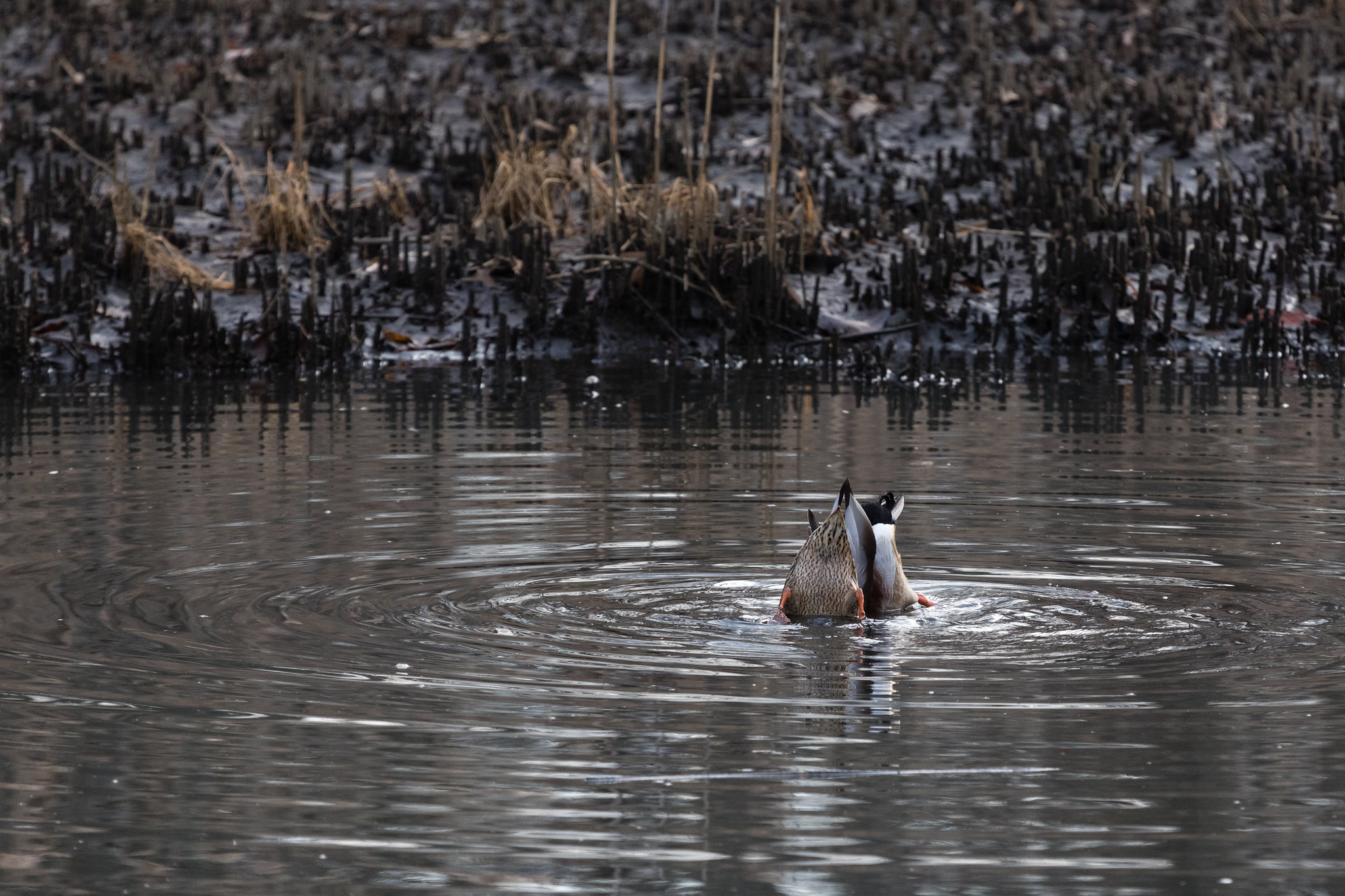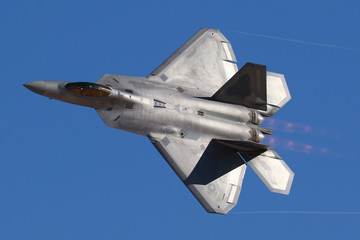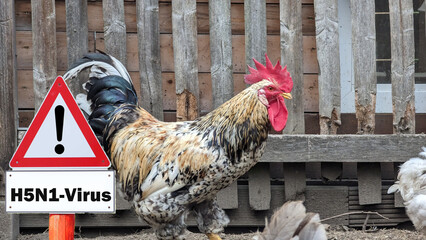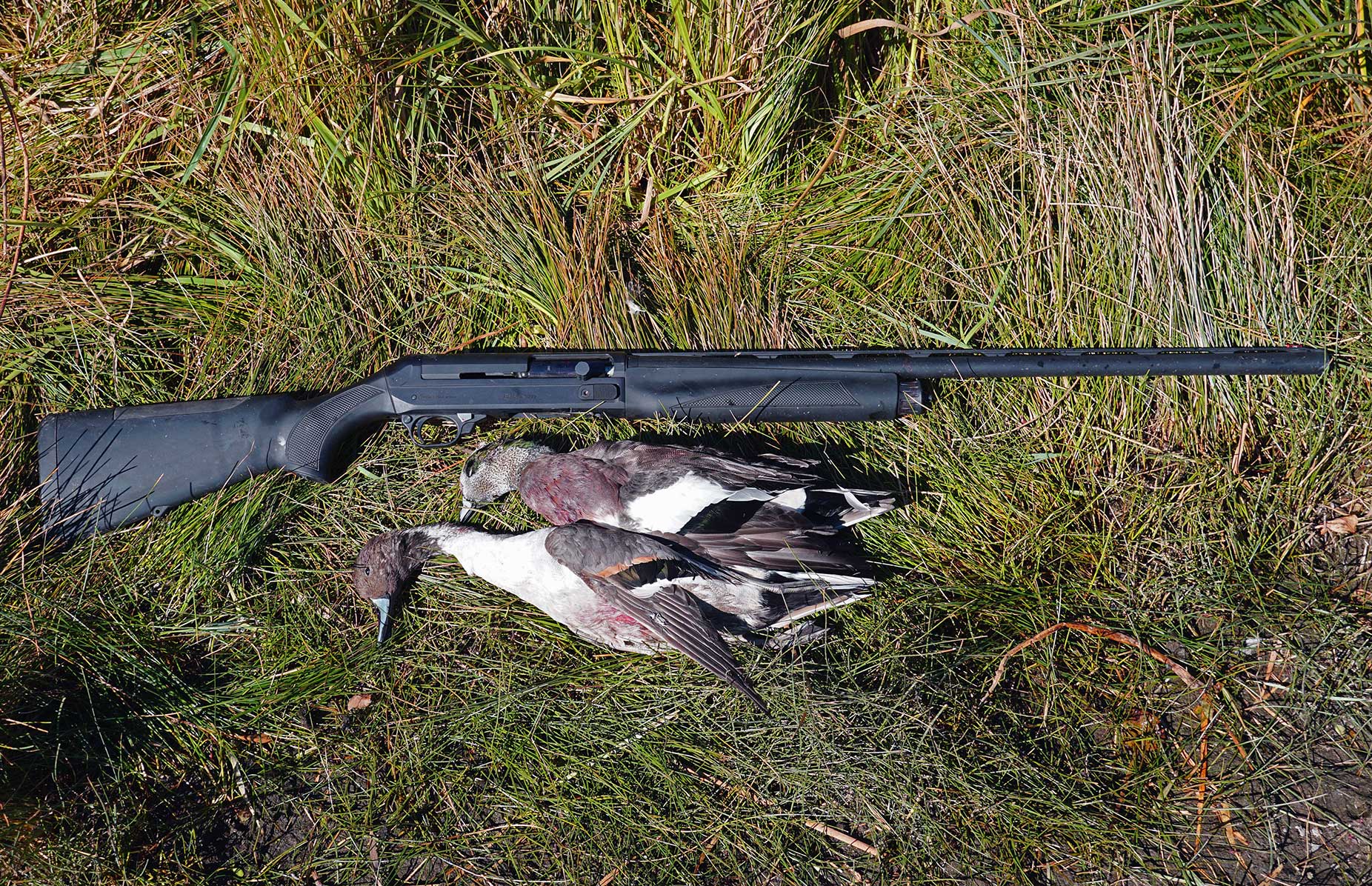What Do Ducks Eat? Here’s What Every Waterfowl Hunter Should Know

Being able to think like a hungry duck is an essential skill for successful waterfowl scouting and hunting. The ability to find key food sources is directly related to putting roast duck on the family dinner table. However, answering the question “What do ducks eat?” isn’t as easy as you might think.
Ducks are a wildly diverse group of birds with vastly different feeding habits. Here’s a basic breakdown of what wild ducks eat and where to find it.
Divers vs. Dabblers
At the most basic level, most species of ducks can be divided into two main categories based on how they feed.
Dabblers, or puddle ducks, like mallards, wood ducks, widgeons, and teal, feed near the surface. Most puddle ducks prefer water that is less than 18 inches deep. You spot these types of feeders by the stereotypical duck butt that often sticks straight up in the air while they chow on submerged plants, seeds, and invertebrates such as water beetles, insect larvae, and freshwater shrimp.
Dabbling ducks ride relatively high in the water and have feet centered on their bodies, which makes them less clumsy on land than diving ducks. Because they can waddle on land with slightly more grace than their diving cousins, dabbling ducks sometimes forage in open fields or shallow water.
North American Dabbling Ducks
- Mallard
- American Black Duck
- Wood Duck
- Blue-Winged Teal
- Green-Winged Teal
- Cinnamon Teal
- Northern Shoveler
- Gadwall
- Mottled Duck
- Mexican Duck
- Northern Pintail
- American Wigeon
- Eurasian Wigeon
Dabbling Duck Diet
- Aquatic plants — grasses, algae, pondweed, duckweed, wild rice, milfoil, wild celery, coontail, widgeon grass
- Agricultural crops — corn, rice, barley, wheat, millet, peas
- Acorns
- Invertebrates — mosquito larvae, dragonfly and may fly nymphs, earthworms, snails, freshwater shrimp
- Small fish and amphibians
Diving ducks have different table preferences. As the name implies, these ducks dive beneath the water’s surface in search of food. Because of this approach, diving ducks can reach food sources in deeper water than the puddle ducks with which they often coexist.
Diving species float lower in the water than dabblers and have legs set further back on their bodies. However, their body structure makes moving around on land incredibly awkward. They also have larger feet, which makes them powerful swimmers. Divers aren’t necessarily deep-water feeders. Most dive in relatively shallow water, typically less than 6 feet deep.
North American Diving Ducks
- Canvasback
- Redhead
- Ring-necked Duck
- Greater Scaup
- Lesser Scaup
- Steller’s Eider
- Spectacled Eider
- King Eider
- Common Eider
- Harlequin Duck
- Surf Scoter
- White-winged Scoter
- Black Scoter
- Long-Tailed Duck
- Bufflehead
- Common Goldeneye
- Barrow’s Goldeneye
- Hooded Merganser
- Common Merganser
- Red-Breasted Merganser
- Ruddy Duck
While diving ducks don’t completely skip the salad bar, species in this group tend to consume more animal protein.
Diving Duck Diet
- Mollusks — clams, mussels, snails
- Crustaceans — shrimp, crawfish
- Insects and insect larvae
- Small fish and amphibians
- Plants — pondweed, wild celery, eelgrass, widgeon grass
What Wild Ducks Eat by the Season
Like most game animals, wild ducks do not have a static diet. Instead of eating the same menu day in and day out all year, ducks eat whatever is readily available. That means their diet shifts with the changing seasons.
Spring
A protein-rich diet helps support healthy egg production, so as the breeding season ramps up, wild ducks kick protein consumption into high gear. Studies suggest that animal material makes up a higher percentage of the wild duck diet in the spring than at any other time. For some species (specifically blue-winged teal and northern shovelers), animal protein will make up to 99 percent of their food consumption during the laying season.
While wild ducks still consume plants during the warming season, there’s a heavier reliance on animal-based protein (bugs, in other words). Water beetles, dragonfly nymphs, and other insect larvae provide essential nutrients for breeding ducks.
Summer
Summer is a veritable smorgasbord for wild ducks. With longer days and warm temperatures, aquatic plants and invertebrates abound. While midges, water beetles, and larvae remain important food sources, bountiful grasses, algae, and other aquatic plants become a more prominent part of the wild duck diet as protein demands decrease.
Hatchlings are self-feeding from birth and will eat the same types of foods as their parents.
Fall
As wild ducks prepare for migration, their diet shifts. As fall approaches, ducks turn toward energy-dense foods like agricultural crops, wild rice, acorns, and fruits to help fuel their long flights south.
Winter
This is the most challenging season for ducks, especially those that winter in colder areas where food tends to be scarce. What ducks eat this time of year depends on food availability in the region. Animal protein may be scarce, so wild ducks often rely heavily on seeds, aquatic vegetation, and whatever leftover agricultural crops they can forage from harvested fields.
Wild Food Sources Hunters Should Focus On
While ducks will fill their gullets with everything from waste corn to frogs, there are a few wild food sources every duck hunter should be familiar with. These are mainstays on wild duck menus across the U.S. Find them, and you’ll likely find ducks.
Wild Celery
Wild celery is a common underwater grass that grows in fresh to slightly brackish tidal waters and streams, rivers, and impoundments from the Atlantic Coastal Plain to as far west as Wisconsin and Minnesota. The plant has long, ribbon-like leaves with rounded tips, a fine-toothed edge, and a pale strip running down the center.
While plenty of North American ducks dine on wild celery, it is a particular favorite of canvasbacks. Wild celery and canvasbacks are practically synonymous. In fact, the scientific name for canvasback, Aythya valisineria, is derived from the scientific name for wild celery, Vallisneria americana.
Wild Rice
Three different species of wild rice grow in the United States — Southern wild rice (Zizania aquatica), Northern wild rice (Zizania palustris), and Texas wild rice (Zizania texana). All three are important foods for multiple species of waterfowl because the seeds ripen just in time for fall migration.
This nutrient-dense grass also provides excellent cover and grows in shallow water, making it a favorite food source for puddle ducks.
Smartweed
There are 15 species of smartweed in North America, and ducks love them all. However Pennsylvania smartweed (Polygonum pensylvanicum L.), also called knotweed or pinkweed, is a particular favorite. A flowering plant in the buckwheat family, Pennsylvania smartweed can grow up to 4 feet tall, and has branches with lance-shaped leaves and spike-like clusters of pink or white flowers.
Many species of wild duck love to snack on smartweed seeds, and submerged portions of the plant provide the perfect habitat for a host of micro and macro invertebrates, which make great high-protein dinner fare for breeding ducks.
Long-Beaked Sedge
Long-beaked sedge (Carex sprengelii), also called Sprengle’s sedge, grows in clumps in moist woodlands in the Upper Midwest through New England and south to Delaware. It has long, flowering stems that turn into hanging seed heads. This plant can create considerable over-water coverage that ducks love. The seeds are also relatively small, making them a go-to choice for smaller ducks like teal and wood ducks.
Check Out the Bill
Duckbills come in an almost endless array of colors, shapes, and sizes. Each species has a bill fine-tuned for retrieving their preferred culinary delicacies. The key to understanding a particular kind of duck’s feeding habits is to look at their bills.
Dabbling ducks have relatively flat bills with a rounded tip. They are soft because ducks find their food underwater by touch, often feeling around in the mud or silt for yummy goodies, just as toddlers use their fingertips to find toys in a sandbox.
Most dabbling ducks consume a variety of foods. However, some species are more specialized foragers, and their bill structure mirrors that. For example, wigeons are primarily grazers. Their short, stubby bills are perfectly adapted for chomping green shoots. In contrast, Northern shovelers are the Jimmy Durante of the waterfowl world. Their broad, flat bills help them filter tiny invertebrates out of the water.
The bills of diving ducks also give clues to their feeding habits. Canvasbacks use sturdy, wedge-shaped bills to rip up tubers and roots from the bottom, while redheads have smaller, thinner bills more suited to browsing the stems and leaves of aquatic plants.
Setting the Table to Attract Waterfowl
If you’re an avid waterfowl hunter, laying a perfect buffet is one good way to attract fine feathered fowl to your property.
Drive by open agricultural fields in the fall, and you’re likely to see flocks of waterfowl hanging out and binge-eating leftover waste grains. It isn’t a big stretch to think planting domestic crops on your property will attract wild ducks. While corn, wheat, and soybeans are certainly appealing menu options, cultivating duck-friendly native plant species has several advantages, according to Ducks Unlimited.
Not only are native plants more nutritionally dense than agricultural crops, but they also last longer, thriving longer into the cold season and providing an important food source long after corn crops have turned brown.
Native plants have a secondary benefit: They provide a habitat and food source for invertebrates, which are nutritionally important for wild ducks during the breeding season. Planting sedges, smartweeds, wild rice, and pondweeds could be more advantageous for meeting your duck-hunting goals than tilling up soil for corn.
FAQs
Wild ducklings eat a variety of small insects, grasses, and aquatic plants. The mother duck teaches her offspring how to eat by leading them to a feeding area and demonstrating feeding behavior. While baby ducks are self-feeding from the time they hatch, they often use trial and error to discern what is edible.
Mallards aren’t picky eaters and will consume a variety of foods, including seeds, aquatic plants, acorns, insects, larvae, crustaceans, and mollusks. They are also known for feeding in farm fields and often search for waste grain in harvested corn fields.
While many people have fond childhood memories of feeding bread to ducks, it has little nutritional value. Ducks find carbohydrate-rich baked goods tasty, but feeding them bread and pastries can have several adverse effects. First, reliance on human-supplied food can keep wild ducklings from learning to forage for themselves. Uneaten bread can also grow mold, attract predators, and pollute waterways.
Final Thoughts on What Ducks Eat
The answer to the question “What do ducks eat?” is complex. Different species of ducks have different preferred foods and feeding methods. Puddle ducks tend to dine on aquatic plants, seeds, and insects in shallow water, while divers go for mollusks, crustaceans, and submerged vegetation in deeper areas.
Read Next: The Best Duck Hunting Waders of 2024
Wild duck diets also vary with the seasons. Migrating waterfowl often switch to high-energy grains as they prepare to fly south for the winter.
By understanding wild duck dietary habits, hunters can better pinpoint feeding locations, plan blind placement, and improve habitat to help swing the hunting odds in their favor.
Read the full article here







